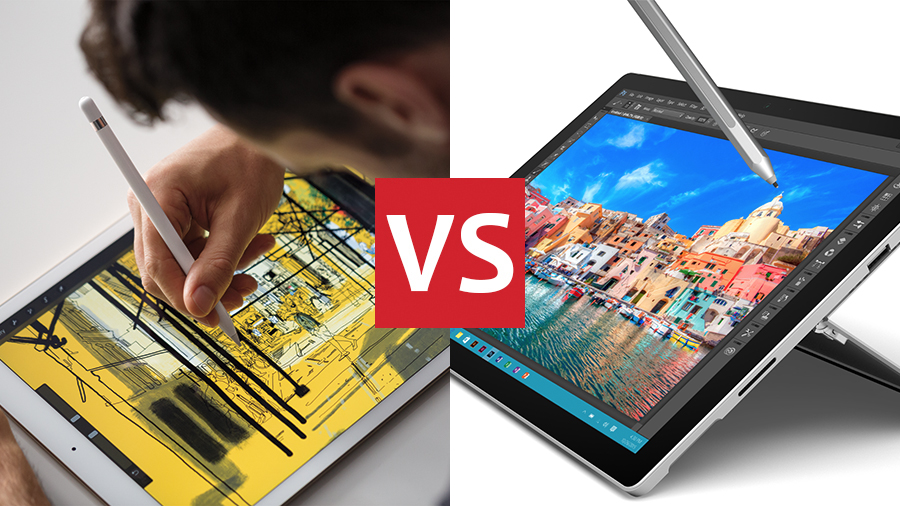

You'd be forgiven for wondering what the difference between a laptop and a tablet was these days: the former tend to come with detachable screens while the latter often have smart keyboard covers attached.
Just last month Apple showed off its massive iPad Pro - complete with stylus and keyboard cover - and now Microsoft has followed suit with the Surface Pro 4, the latest incarnation of its flagship tablet-cum-laptop device. If you're struggling to spot the differences between them, here's everything you need to be aware of.
Microsoft Surface Pro 4 vs iPad Pro: form and function

Both these devices are smart-looking slabs of glass that you can snap thin keyboards to. Apple's iPad Pro is perhaps the winner in the looks department: it measures 305.7mm by 220.6mm with a thickness of 6.9mm. The screen measures 12.9 inches diagonally and the tablet weighs 713g (723g if you want the SIM-enabled model).
Over in the Microsoft corner, the Surface Pro 4 comes in at a slightly smaller and slightly thicker 292.10mm x 201.42mm x 8.4mm. It weighs 766-786g depending on the internal spec you choose, while the screen measures 12.3 inches corner-to-corner.
There's a lot of overlap in what these devices can do, but generally speaking the Microsoft Surface Pro 4 is positioned as a laptop you can use as a tablet, whereas the iPad Pro is the other way around - the on-board software (of which more later) plays a big part in that.
Whether you want to watch movies, edit spreadsheets, draw on the screen, play games, type out an essay or browse the web, both these devices can do all of that and more. There's little that the iPad Pro is capable of doing that the Surface Pro 4 isn't, and vice versa.
Microsoft Surface Pro 4 vs iPad Pro: raw specs
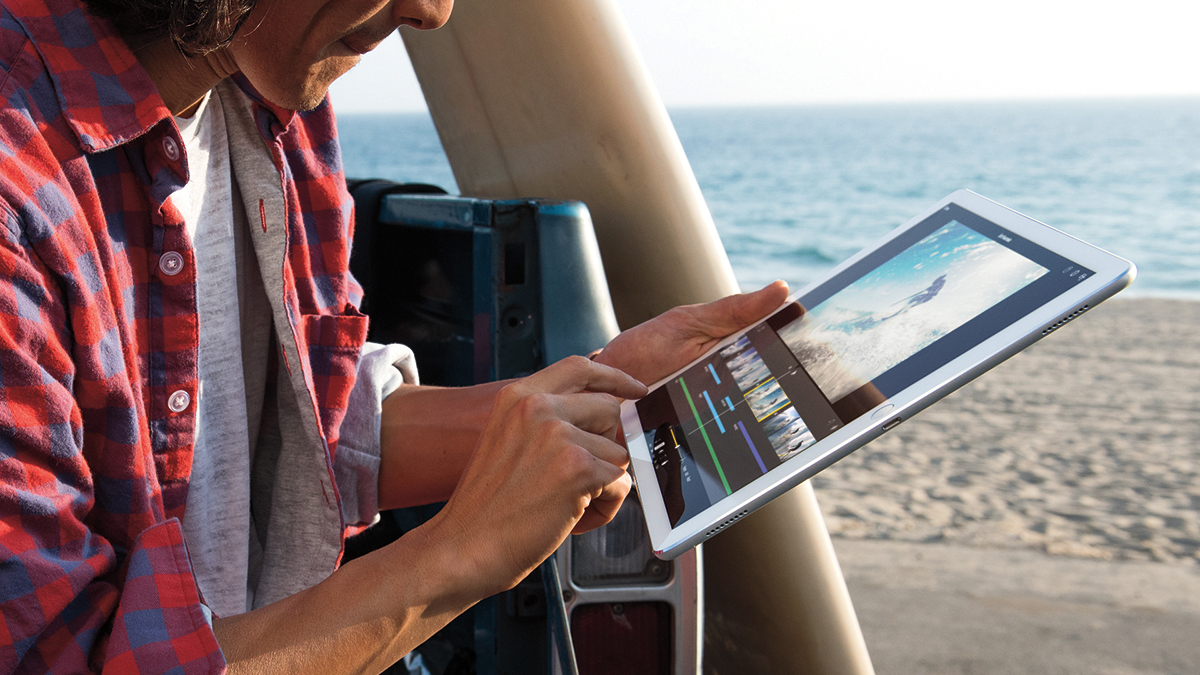
The Surface Pro 4's 12.3-inch screen offers a resolution of 2736 x 1824 pixels (267 pixels-per-inch), and just like a regular computer you can choose from a range of internal components: 4-16GB of RAM, 128GB-1TB of storage space, and a choice of CPU and graphics combinations up to a 6th generation Intel Core i7 with an Intel Iris graphics 540 chip. Confused? Think about the Surface Pro 4 as being as powerful as a budget or mid-range laptop.
Sign up to the T3 newsletter for smarter living straight to your inbox
Get all the latest news, reviews, deals and buying guides on gorgeous tech, home and active products from the T3 experts
Overall, it's more powerful than the iPad Pro, especially at the top end - on the flipside, Apple's devices are usually very efficiently made, squeezing high levels of performance from components that look inferior on paper. Starting with the screen, the iPad Pro display has a resolution of 2732 x 2048 pixels (that works out at 264ppi, very close to the Surface Pro 4 in terms of sharpness). Teardowns have revealed 4GB of RAM and you can choose between 32GB and 128GB for the internal storage.
Apple's new A9X CPU powers the device: the manufacturer says it's 2.5x faster than the chip in the 2013 iPad Air, with 5x the graphics performance. It's definitely no slouch, but in terms of raw power, the Surface Pro 4 wins out.
Microsoft Surface Pro 4 vs iPad Pro: on-board software
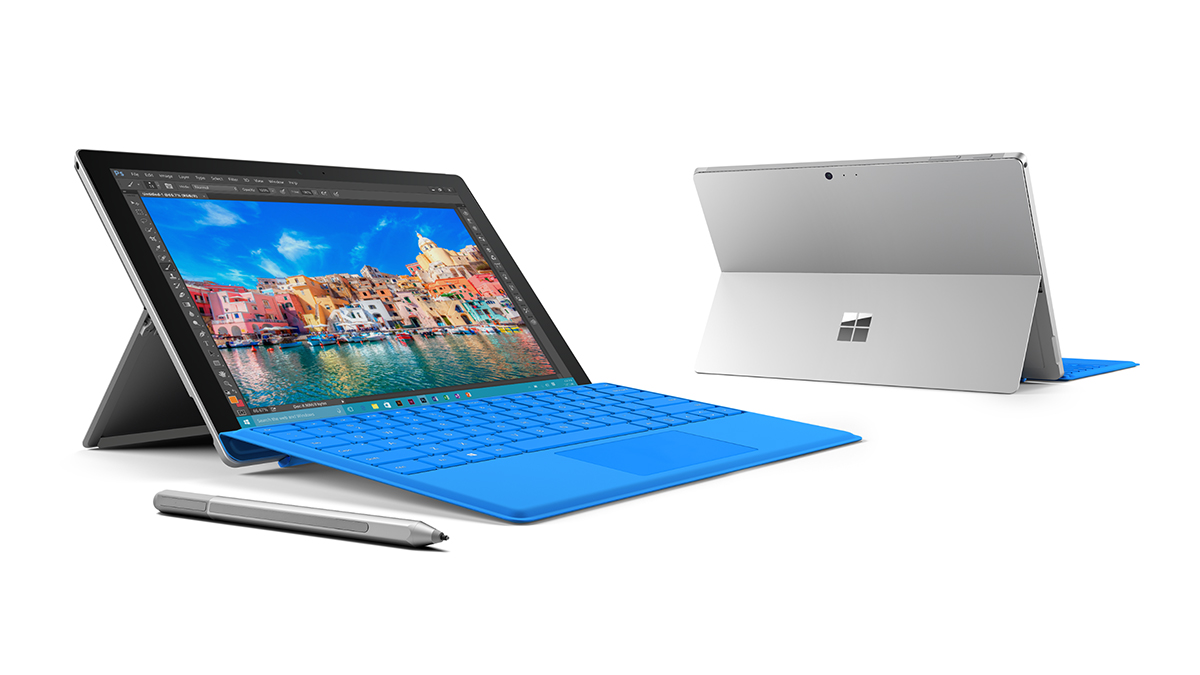
This is perhaps the biggest consideration for buyers: Windows 10 or iOS 9. Both have their merits but the Surface Pro 4 is running the full desktop OS that all Windows 10 computers use; the iPad Pro is running a mobile OS, which means apps that are more limited and less flexibility in terms of multitasking.
It's hard to say one is better than the other - it really depends what you're doing. Windows 10 is more powerful and more versatile, whereas iOS 9 is more streamlined and straightforward. Windows 10 can run the full version of Photoshop whereas iOS 9 runs a cut-down, touchscreen-friendly version - do you want the power or the simplicity?
What do you get on iOS are a lot of innovative mobile apps - from Instagram to Flipboard - that you can't necessarily get on the Windows desktop (or as Windows universal apps). If you're interested in the latest apps for phones and tablets then iOS is the way to go. If you want the full versions of Word, Photoshop and the rest, opt for Windows instead.
Microsoft Surface Pro 4 vs iPad Pro: other factors and verdict
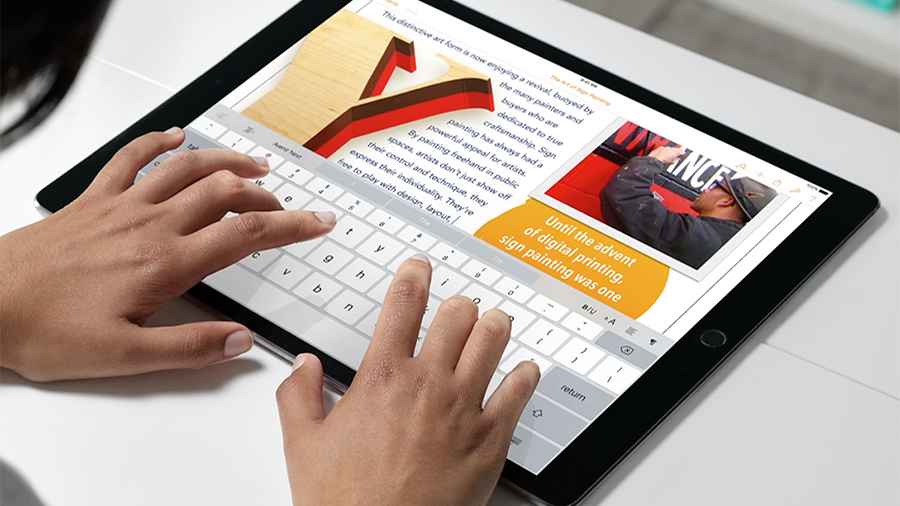
Both devices come with capable smart keyboard covers and styluses (Microsoft calls it a Pen; Apple calls it a Pencil). Neither product has made it into the hands of consumers or reviewers just yet, but Microsoft promises 9 hours of battery life when watching video on the Surface Pro 4. The iPad Pro lasts up to 10 hours when watching video or surfing the web on Wi-Fi - at least according to Apple.
Price is of course a major consideration, and - as you would expect given its more powerful components - you'll need to save up for longer to afford the Surface Pro 4. Only US pricing is available right now, but the Surface Pro 4 costs from $899 (for a very iPad Pro-esque spec) all the way up to $2,199. The iPad Pro will set you back $799-$1,079 depending on storage and cellular capabilities. Accessories are extra in both cases.
When you weigh up all the different categories, the Surface Pro 4 and the iPad Pro come out just about neck-and-neck: Microsoft's device is more powerful but also more expensive, for example. Windows 10 is a more capable operating system than iOS 9, meanwhile, but if you're mainly using your device as a tablet then Apple's software makes more sense. Ultimately, you need to consider what you're going to use your new hardware for - and whether you're more comfortable with Apple's mobile OS or Microsoft's universal one.
Liked this? Why not check out Microsoft Surface Pro 4 and Surface Book: everything we know
Dave has over 20 years' experience in the tech journalism industry, covering hardware and software across mobile, computing, smart home, home entertainment, wearables, gaming and the web – you can find his writing online, in print, and even in the occasional scientific paper, across major tech titles like T3, TechRadar, Gizmodo and Wired. Outside of work, he enjoys long walks in the countryside, skiing down mountains, watching football matches (as long as his team is winning) and keeping up with the latest movies.
-
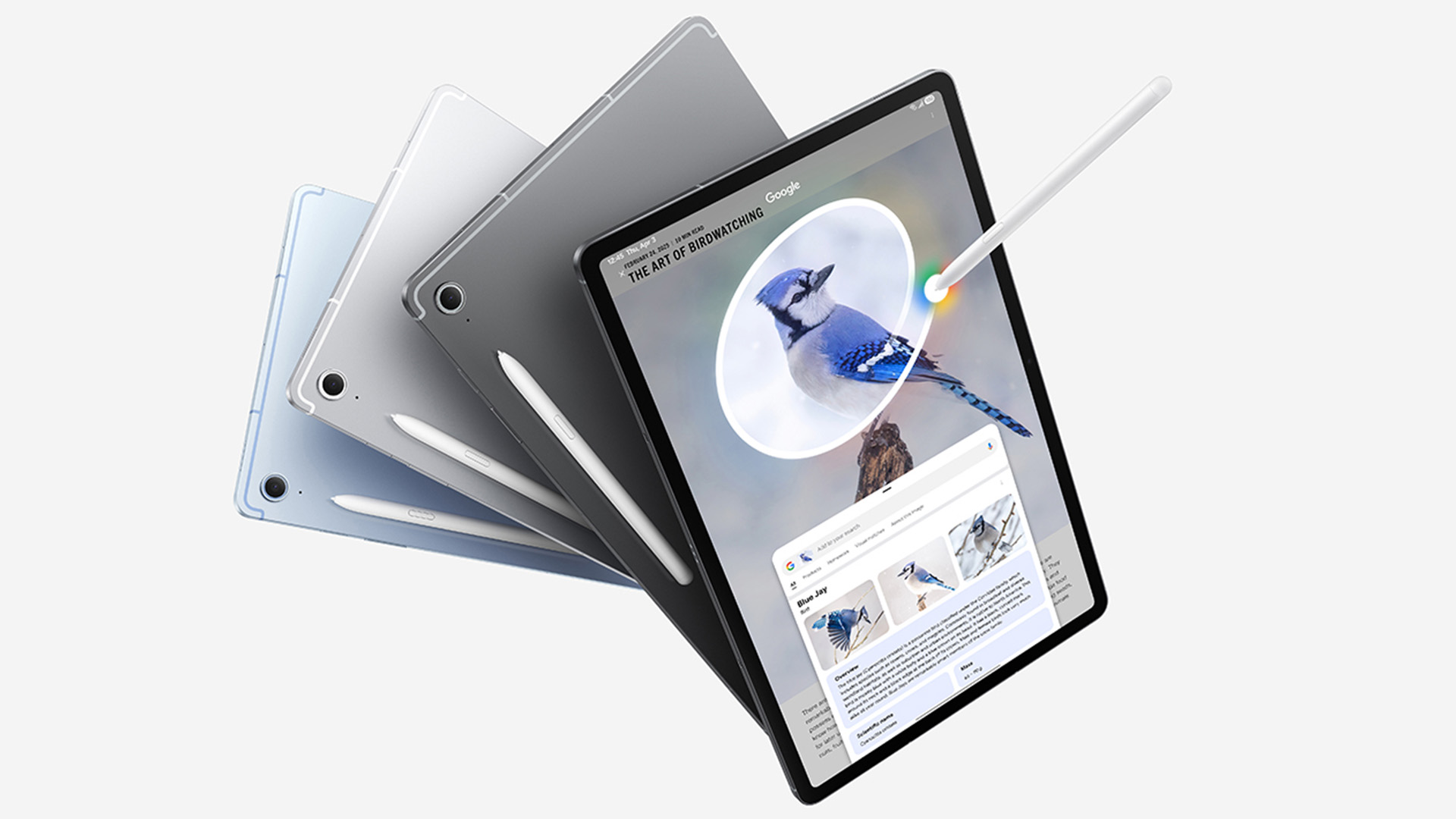 The Galaxy Tab S10 FE might be Samsung's best-value tablet yet
The Galaxy Tab S10 FE might be Samsung's best-value tablet yetA great new semi-premium entrypoint
By Max Freeman-Mills
-
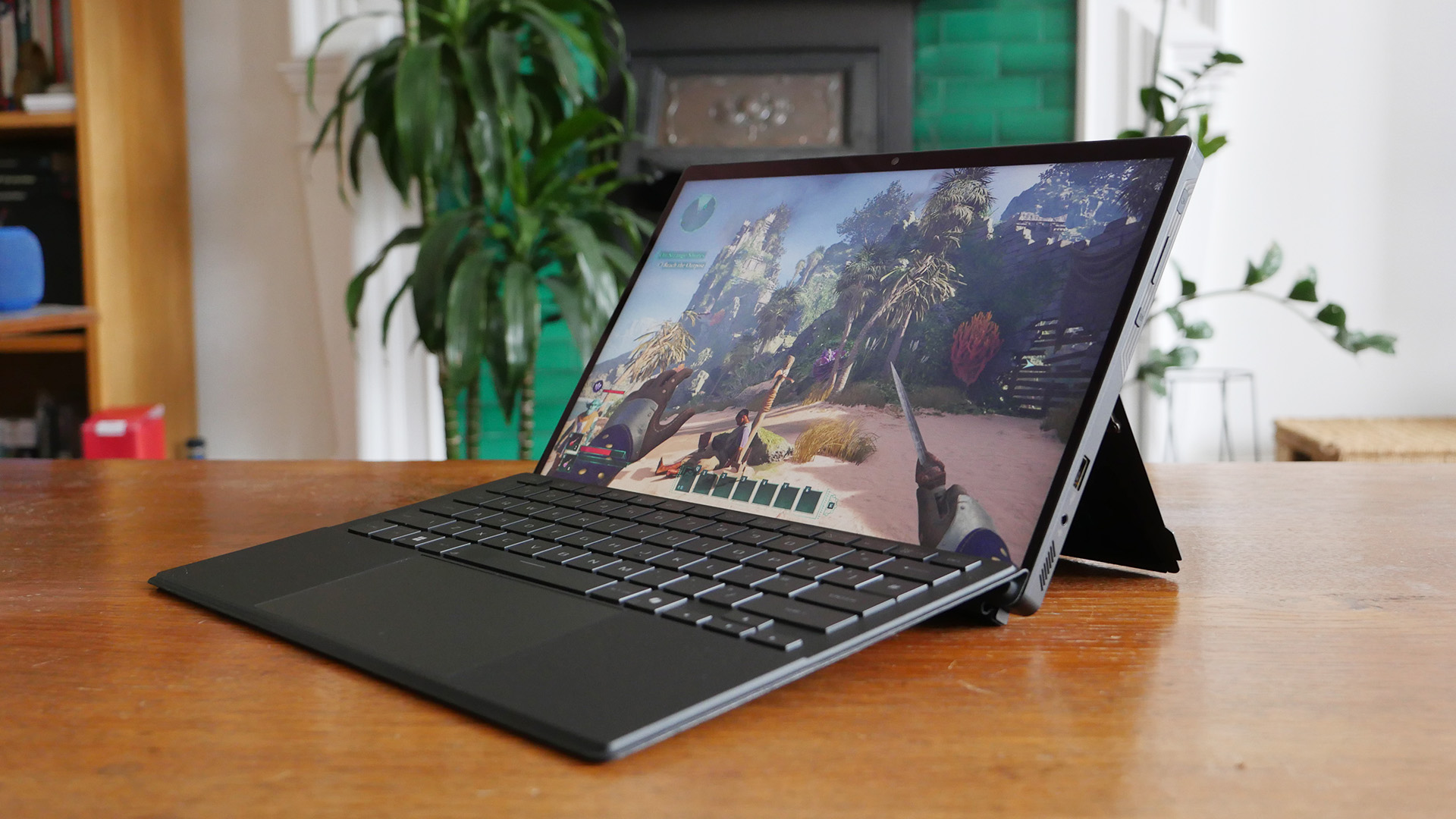 I tried a cutting-edge Asus gaming tablet, but it's left me conflicted
I tried a cutting-edge Asus gaming tablet, but it's left me conflictedThe Asus ROG Flow Z13 (2025) is impressive, but also weird
By Max Freeman-Mills
-
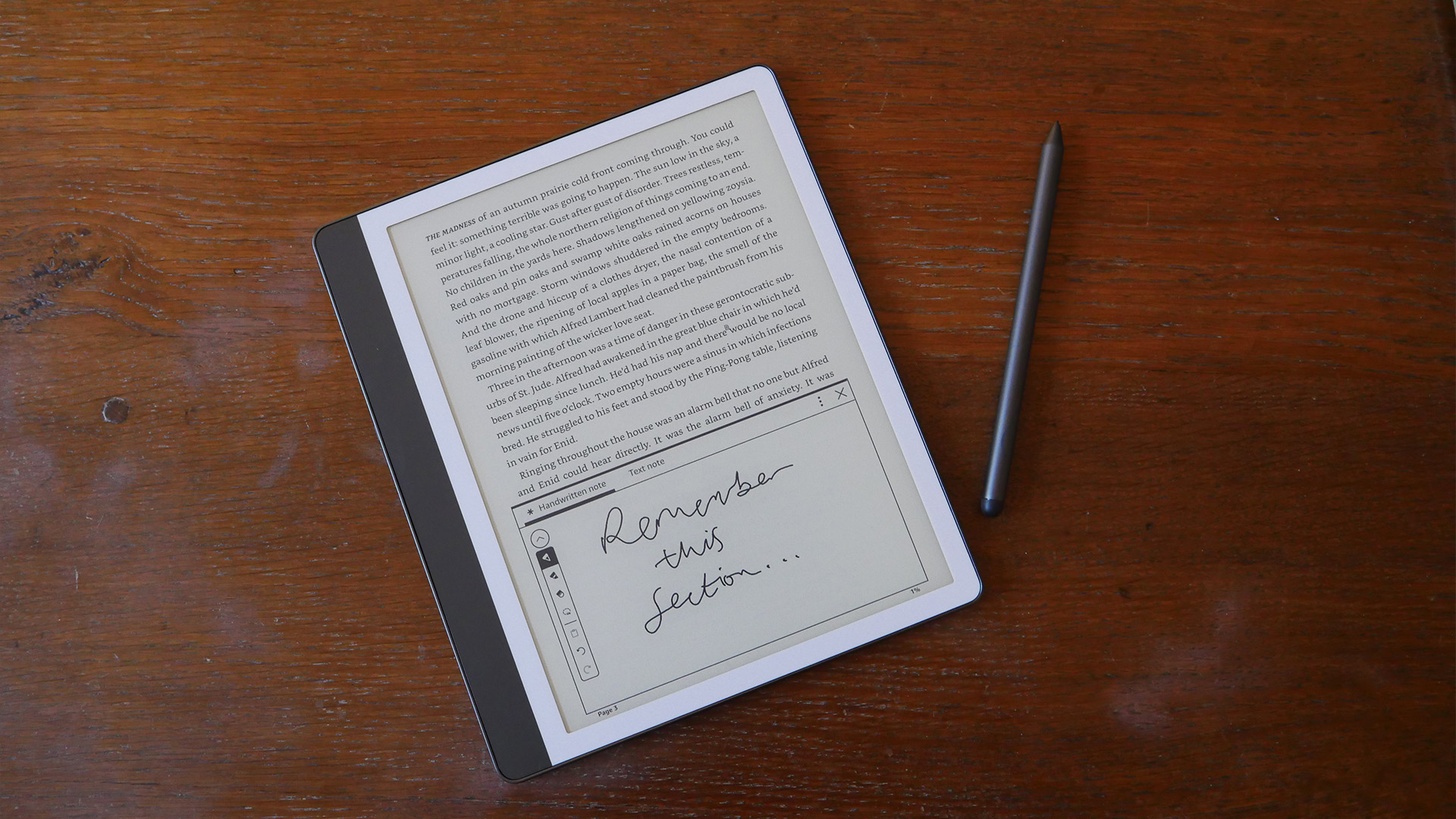 Amazon Kindle Scribe (2024) review: don't write it off
Amazon Kindle Scribe (2024) review: don't write it offThe Scribe is a well-made curio once again
By Max Freeman-Mills
-
 Apple finally opens up to third-party app stores, but only if you win the postcode lottery
Apple finally opens up to third-party app stores, but only if you win the postcode lotteryiPads are getting a more open ecosystem in Europe
By Max Freeman-Mills
-
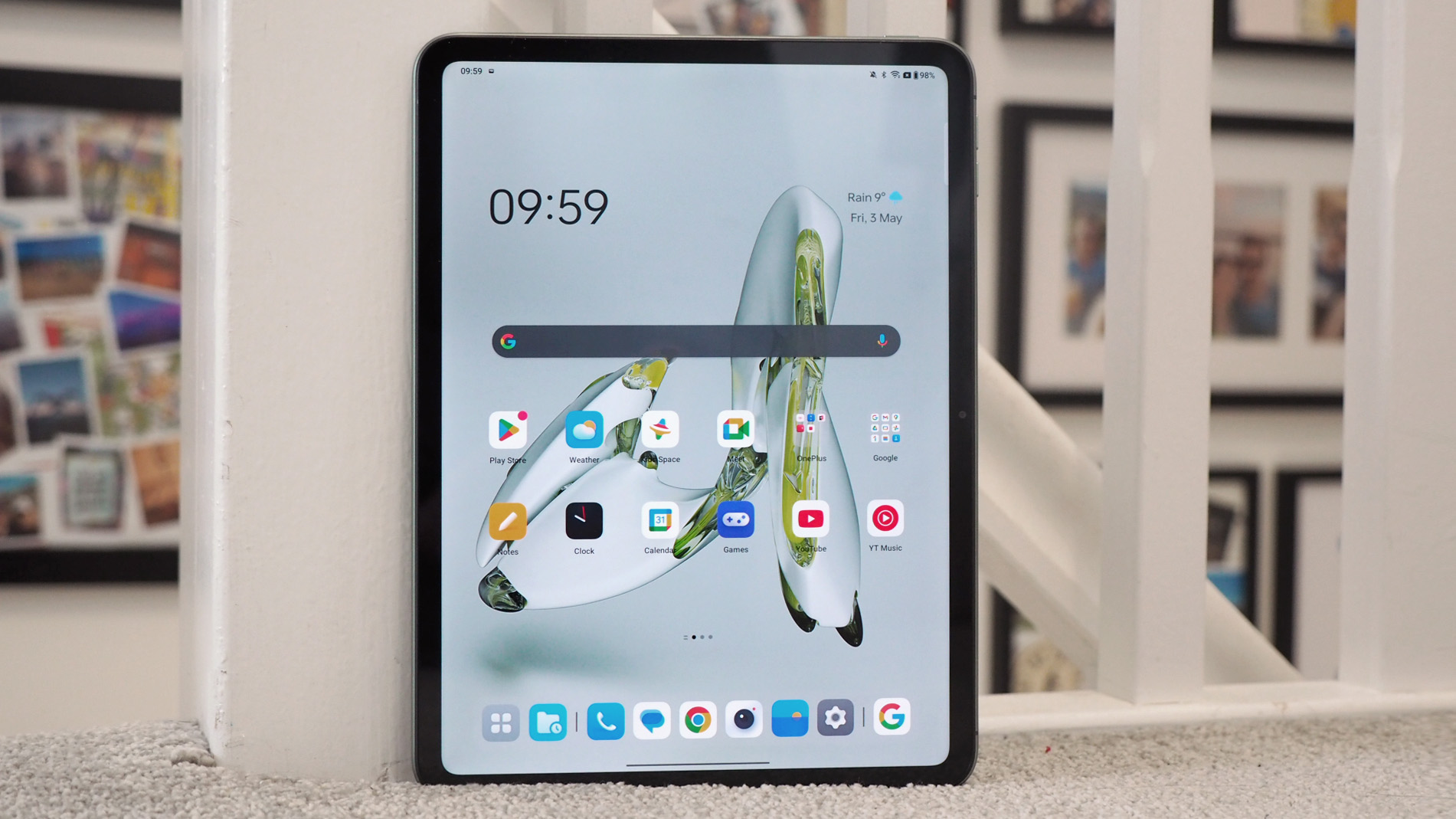 OnePlus Pad Go review: going for affordable
OnePlus Pad Go review: going for affordableOnePlus' stripped-back tablet delivers well for a cut of the original slate's price
By Mike Lowe
-
 Samsung Galaxy Tab S9 FE+ review: premium looks, mid-range performance
Samsung Galaxy Tab S9 FE+ review: premium looks, mid-range performanceThe Samsung Galaxy Tab S9 FE+ brings the price down, but keeps the quality high
By Chris Hall
-
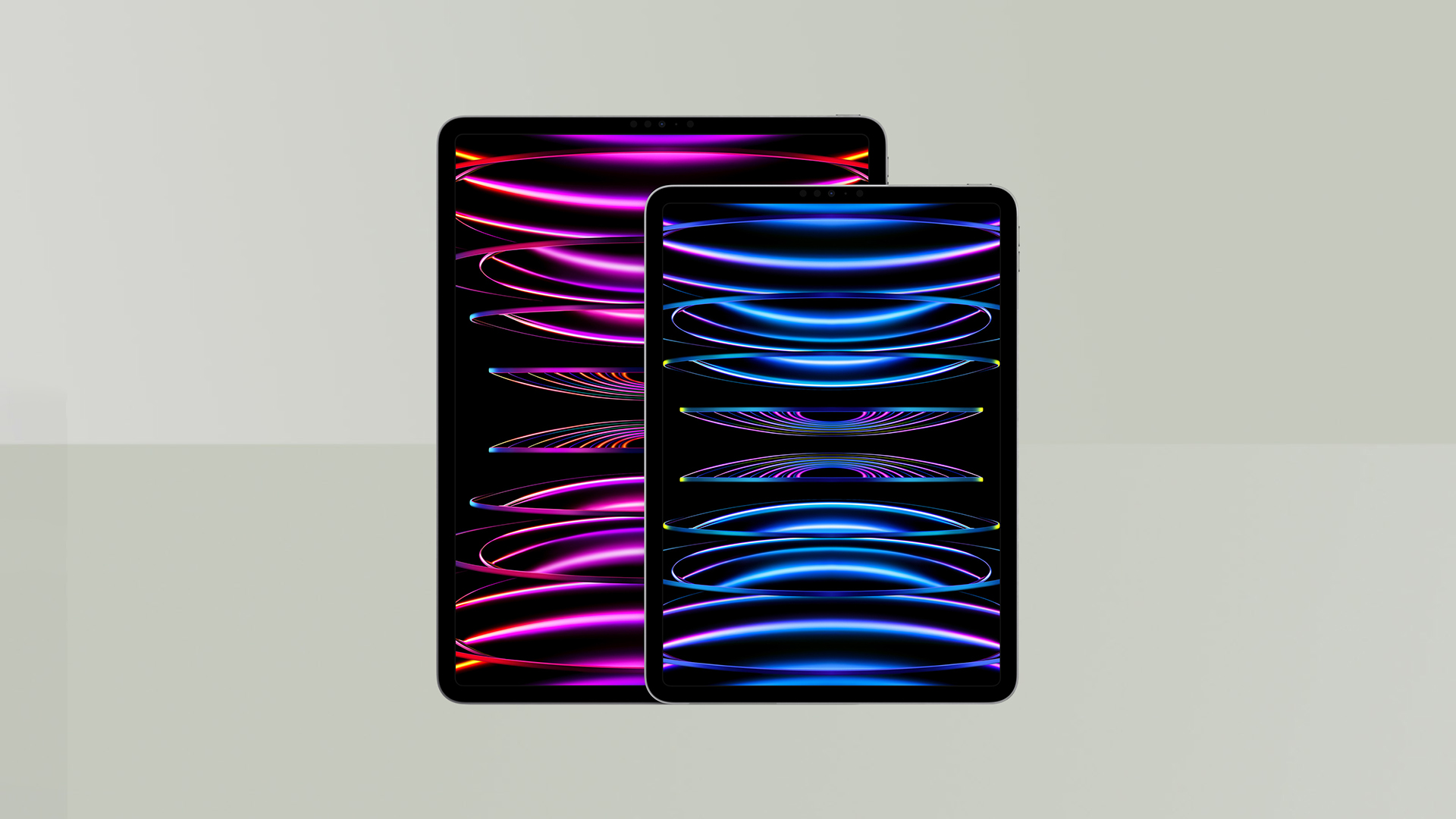 New iPad Pro models get a new rumoured release date
New iPad Pro models get a new rumoured release dateLaunch pushed back, but still before WWDC
By Max Freeman-Mills
-
 Huawei to hold "global event" next week, but what will it launch?
Huawei to hold "global event" next week, but what will it launch?An early Christmas present?
By Andy Sansom

